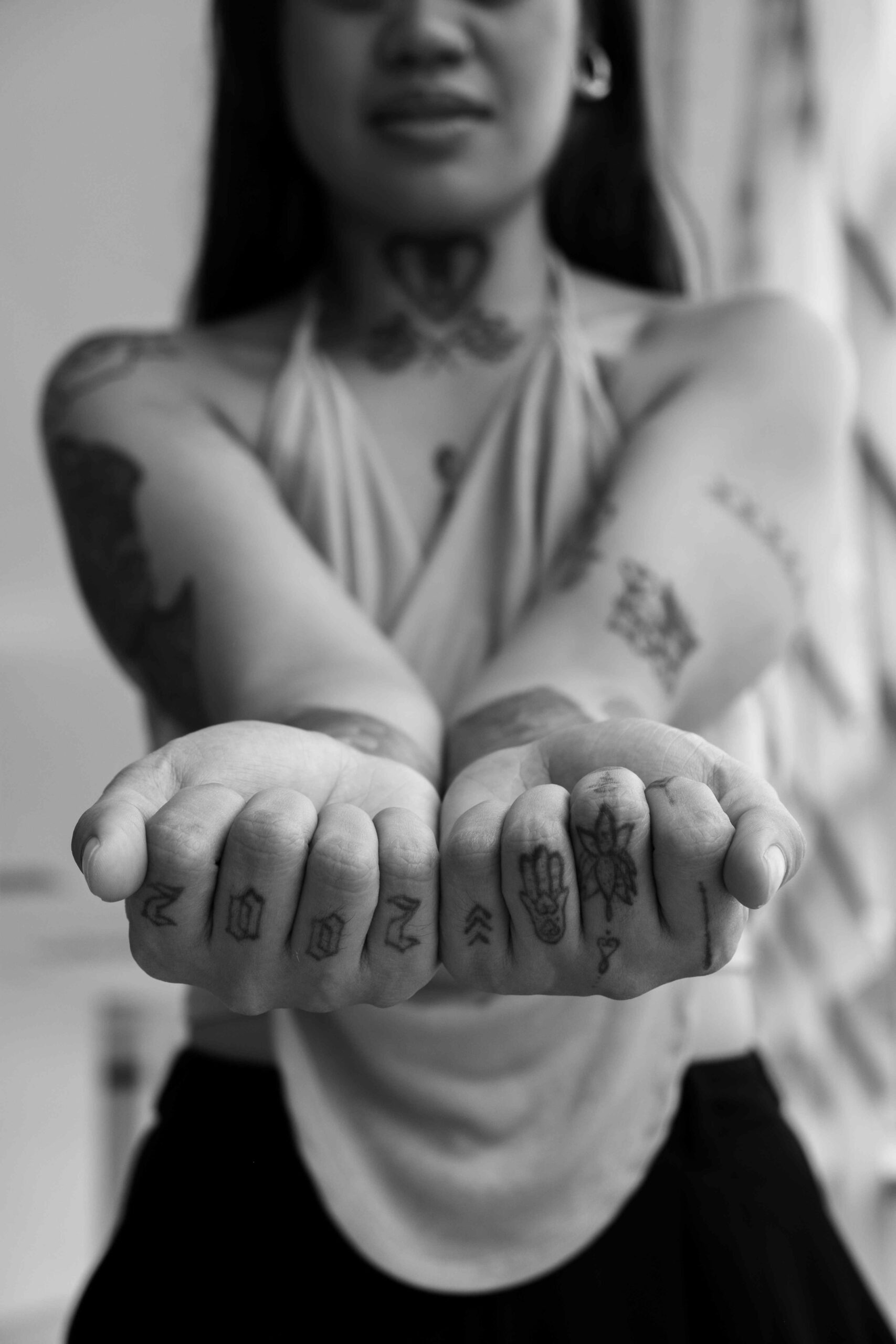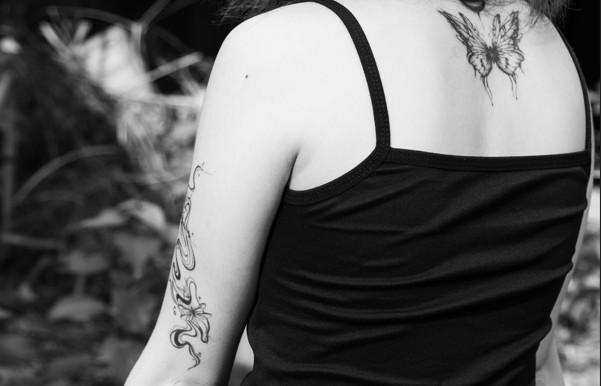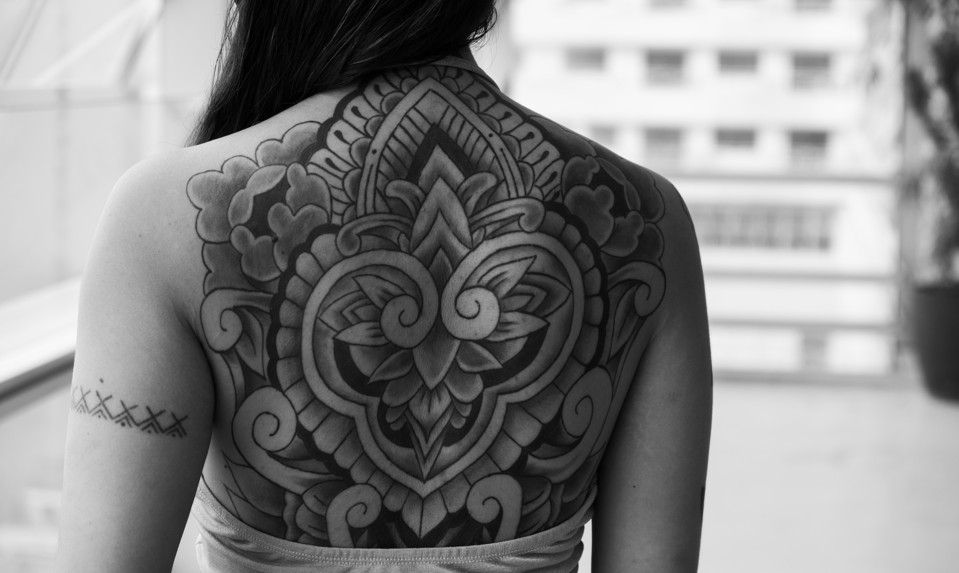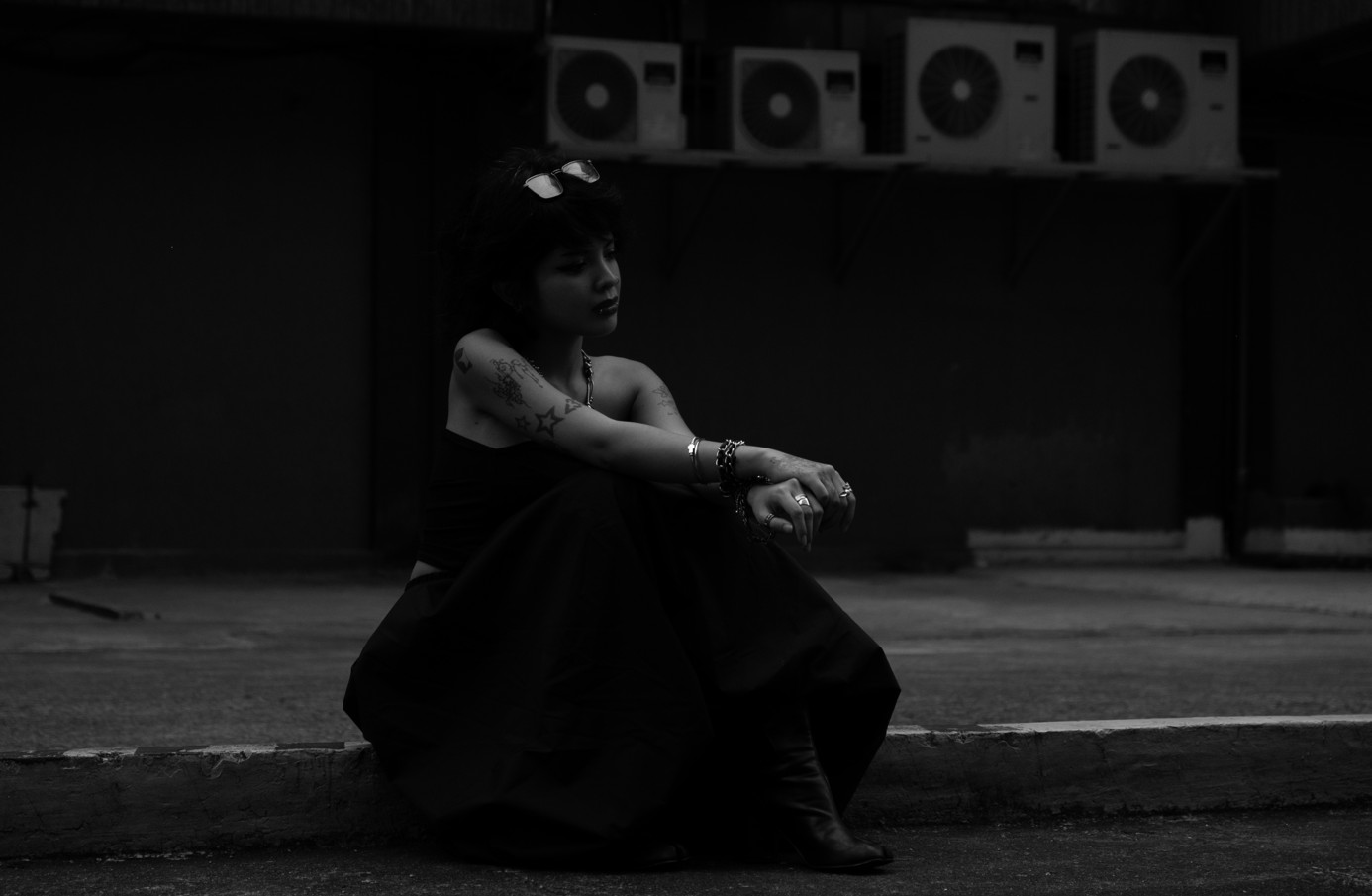Stories of Women, Inked
This is what it looks like when women take back the narrative, one tattoo at a time.
They were told to cover up. To be “clean.” To look respectable. But they showed up anyway—inked, capable, and unapologetically themselves.

Tattoos in the Philippines are nothing new. From the intricate batok of the Cordilleras to today’s minimalist linework and bold color pieces, ink has always been a form of storytelling. But somewhere along the way, that story became tainted — replaced by assumptions, moral policing, and judgment, especially toward women.
This feature is based on interviews from Feminine Ink, a research project that sat down with five tattooed Filipinas from different industries: a BPO agent, a call center representative, an e-commerce account manager, an automobile association employee, and an entrepreneur. They spoke candidly about why they got their tattoos, how people reacted, and what they think needs to change.

Why They Get Inked
For some, tattoos mark milestones. For others, they’re quiet rebellions. And sometimes, it’s both.
“More of expression siya and to enhance my physical features.” — Woman 1One participant shared how a tattoo became a symbol of freedom from a controlling relationship.
“Gusto ko lang magkaroon ng sarili kong skin na walang control ng iba.” — Woman 2Others simply see tattoos as an extension of style — the same way someone might choose their haircut or outfit. The decision is deeply personal, yet the reactions from the outside world are anything but neutral.

The Stings of Discrimination
In workspaces, tattoos can trigger assumptions before a woman even opens her mouth.
“Hindi ka daw presentable kasi may tattoo ka... mas tinitingnan yung balat mo kaysa sa gawa mo.” — Woman 3For some, discrimination is subtle. It can be a lingering stare, a half-joking comment. For others, it’s more direct, like being told to cover up for client meetings or job interviews. These moments build up over time, creating an unspoken rule: if you’re tattooed, you have to work twice as hard to be seen as “professional enough.”
Roots of Judgment
The stigma against tattooed women isn’t random, it’s rooted in history and reinforced by tradition. Colonial influence and conservative values reshaped how Filipinos viewed tattoos. What was once a mark of honor became, for many, a symbol of deviance. Add in religion, gender roles, and media stereotypes, and you get a culture where ink is still read as rebellion rather than artistry.
“Na-instill na sa mga tao na if may tattoo ka, pasaway ka, naglalakwatsa, lasenggo, or kung ano pa.” — Woman 2This thinking isn’t just old-fashioned — it’s actively harmful. It erases the rich tattoo history of the Philippines and reduces women to narrow boxes of what’s “acceptable.”
What Needs to Change
When asked what they wish would change, the answers were straightforward: representation, education, and respect.
“Sana maging open na lang ang mga tao… kilalanin muna yung tao bago mag-judge.” — Woman 3Representation means seeing tattooed women in positions of authority, not just in subcultures. Education means reconnecting with our indigenous tattoo heritage. Respect means treating tattoos as personal choices, not moral indicators.
Listening to these women, one thing becomes clear: tattoos are just one chapter in someone’s story, not the whole book. The ink on their skin tells tales of growth, style, survival, and self-ownership.
The challenge now is for society to catch up, to stop reading tattoos as warning signs, and start reading them for what they really are: art, memory, and identity.
“If you’re gonna judge me for my tattoos, at least make sure you’ve heard my story first.” — Woman 1
